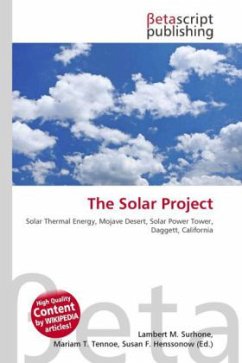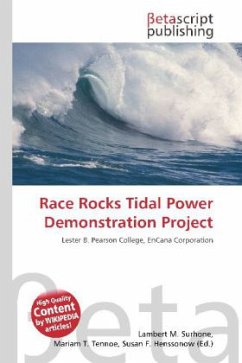High Quality Content by WIKIPEDIA articles! In 1995 Solar One was converted into Solar Two, by adding a second ring of 108 larger 95 m² (1,000 ft²) heliostats around the existing Solar One, totaling 1926 heliostats with a total area of 82,750 m² (891,000 ft²). This gave Solar Two the ability to produce 10 megawatts. Solar Two used molten salt, a combination of 60% sodium nitrate and 40% potassium nitrate, as an energy storage medium instead of oil or water as with Solar One. This helped in energy storage during brief interruptions in sunlight due to clouds. The molten salt also allowed the energy to be stored in large tanks for future use such as night time.Solar Two proved it could run continuously around the clock producing power. Solar Two was decommissioned in 1999, and was converted by the University of California, Davis, into an Air Cherenkov Telescope in 2001, measuring gamma rays hitting the atmosphere. Its name is now C.A.C.T.U.S.. Solar Two's 3 primary participants wereSouthern California Edison (SCE), the Los Angeles Department of Water and Power (LADWP), and the U.S. Department of Energy (DOE).
Bitte wählen Sie Ihr Anliegen aus.
Rechnungen
Retourenschein anfordern
Bestellstatus
Storno








